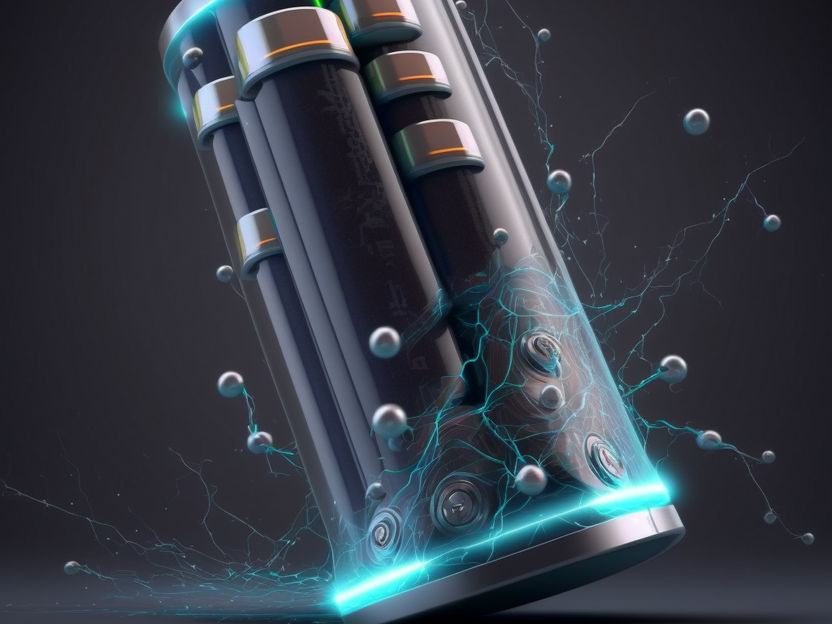Scientists develop all-3D-printed lithium metal batteries with high energy density
A research team led by Prof. WU Zhongshuai from the Dalian Institute of Chemical Physics (DICP) of the Chinese Academy of Sciences has developed all-3D printed Li metal batteries (LMBs) with robust cycle stability and ultrahigh areal energy density.

Symbolic image
Computer-generated image
The LMBs take a porous and conductive Ti3C2Tx MXene skeleton for dendrite-free and stable Li metal anode and multi-dimensionally conductive LiFePO4 (LFP) lattice as ultra-thick cathode.
LMBs are considered as a class of high-energy-density systems beyond current state-of-the-art lithium-ion batteries. Nevertheless, the uncontrollable dendrite growth and huge volume change of Li metal anodes have raised poor cycle life.
In this study, the researchers reported an all-3D printing approach for constructing ultrahigh-performance LMBs. The LMBs were comprised of a dendrite-free Li metal anode with porous MXene lattices to regulate local current distribution, which homogenized the lithium nucleation, and a 3D conductive porous LFP framework cathode to achieve fast ion/electron transfer channels.
Due to the abundance of Li nucleation sites and large pore volume in the MXene lattices, the 3D printed MXene scaffolds prevented the infinite volume change and dendritic formation of Li anodes.
Furthermore, by pairing ultra-thick LFP cathodes lattices with high-efficiency electron and ion networks, the all-3D printed LFP||MXene@Li LMBs delivered unprecedented areal capacity (25.3 mAh/cm2) and energy density (81.6 mWh/cm2) under an ultrahigh mass loading of 171 mg/cm2, exceeding all reported 3D printed batteries so far.
Original publication
Other news from the department science
Most read news
More news from our other portals
See the theme worlds for related content
Topic World Battery Technology
The topic world Battery Technology combines relevant knowledge in a unique way. Here you will find everything about suppliers and their products, webinars, white papers, catalogs and brochures.

Topic World Battery Technology
The topic world Battery Technology combines relevant knowledge in a unique way. Here you will find everything about suppliers and their products, webinars, white papers, catalogs and brochures.




























































